
Doctor Shares 30-Second Hand Test That Could Reveal Hidden Brain Tumor
In the world of medicine, early detection often means the difference between successful treatment and irreversible damage. For brain tumors, which can grow silently and subtly affect bodily functions, early diagnosis is critical. In a recent medical revelation that has gained widespread attention, a neurologist has shared a simple, 30-second hand test that may help detect signs of a hidden brain tumor—potentially saving lives through earlier intervention.
The test is straightforward: stretch both arms out straight in front of you, palms facing upward, and close your eyes. Maintain this position for about 30 seconds. A healthy person should be able to hold their arms steady. However, if one arm begins to drift downward or rotate inward involuntarily, it could signal a neurological deficit—a condition sometimes caused by a tumor pressing against motor-control areas of the brain.
This technique is based on a neurological exam called the "pronator drift test," commonly used by doctors to detect subtle motor weakness or asymmetry in the brain. According to Dr. Joseph Lee, the neurologist who helped popularize this test on social media and in recent interviews, it can be an early warning sign of more serious underlying issues, including brain tumors, strokes, or other central nervous system disorders.
“People often ignore small symptoms like clumsiness or weakness in one hand, thinking it’s just fatigue or poor posture,” Dr. Lee explained. “But the body has its own way of signaling that something might be wrong. This simple test can alert individuals to potential issues before they become critical.”
Brain tumors vary in severity, location, and speed of growth. Some are malignant and aggressive, while others are benign but still dangerous because of their pressure on sensitive brain structures. Symptoms like headaches, vision problems, memory loss, and motor weakness are often overlooked until the tumor has grown significantly. That’s why tools that raise awareness of subtle symptoms—such as the hand test—can make a significant impact on early detection.
Medical professionals caution, however, that this test should not be used as a standalone diagnostic tool. Just because one arm dips slightly during the test doesn’t mean someone has a tumor. Many factors, including fatigue, poor muscle coordination, or even anxiety, can influence the result. Still, if someone repeatedly fails the test or notices asymmetrical movement, it may be a sign to seek medical evaluation, especially when combined with other symptoms like frequent headaches, speech changes, or visual disturbances.
The power of this test lies not only in its simplicity but also in its accessibility. In rural or underserved areas where advanced imaging tools like MRI scans are not readily available, such physical exams can serve as a crucial first step in identifying neurological conditions. It empowers individuals to take their health into their own hands—literally.
Dr. Lee and other neurologists emphasize the importance of listening to your body and paying attention to small changes. “Early intervention can lead to better outcomes,” he says. “Even if it turns out not to be a tumor, discovering any neurological weakness early can lead to treatment for other conditions, such as multiple sclerosis or mini-strokes.”
In a time when health information is widely shared online, viral content often includes dubious medical advice. However, this 30-second hand test stands out for being grounded in legitimate clinical practice. It serves as a reminder that sometimes the most effective diagnostic tools are not complex machines, but simple observations.
In conclusion, the 30-second hand test may not replace advanced imaging or professional diagnoses, but it could be an important step toward awareness and early action. For many, it might just be the signal they need to seek help—and possibly catch a silent brain tumor before it’s too late.
News in the same category


Doctors Warn: These 2 Daily Habits Are Destroying Kidneys—Many Lose Both Before Age 30
Doctors warn that both of these habits—excessive sodium intake and overuse of paink:illers—are preventable.

Teen Warns Others After Doctors Ignored Symptom That Led To Her Collapsing In Class

According to a Psychologist, Narcissists Always Display This One Trait. Here’s What to Do If You See It

Man Who Drank 7 Liters Of Soda Daily For A Decade Suffers Severe Health Consequences
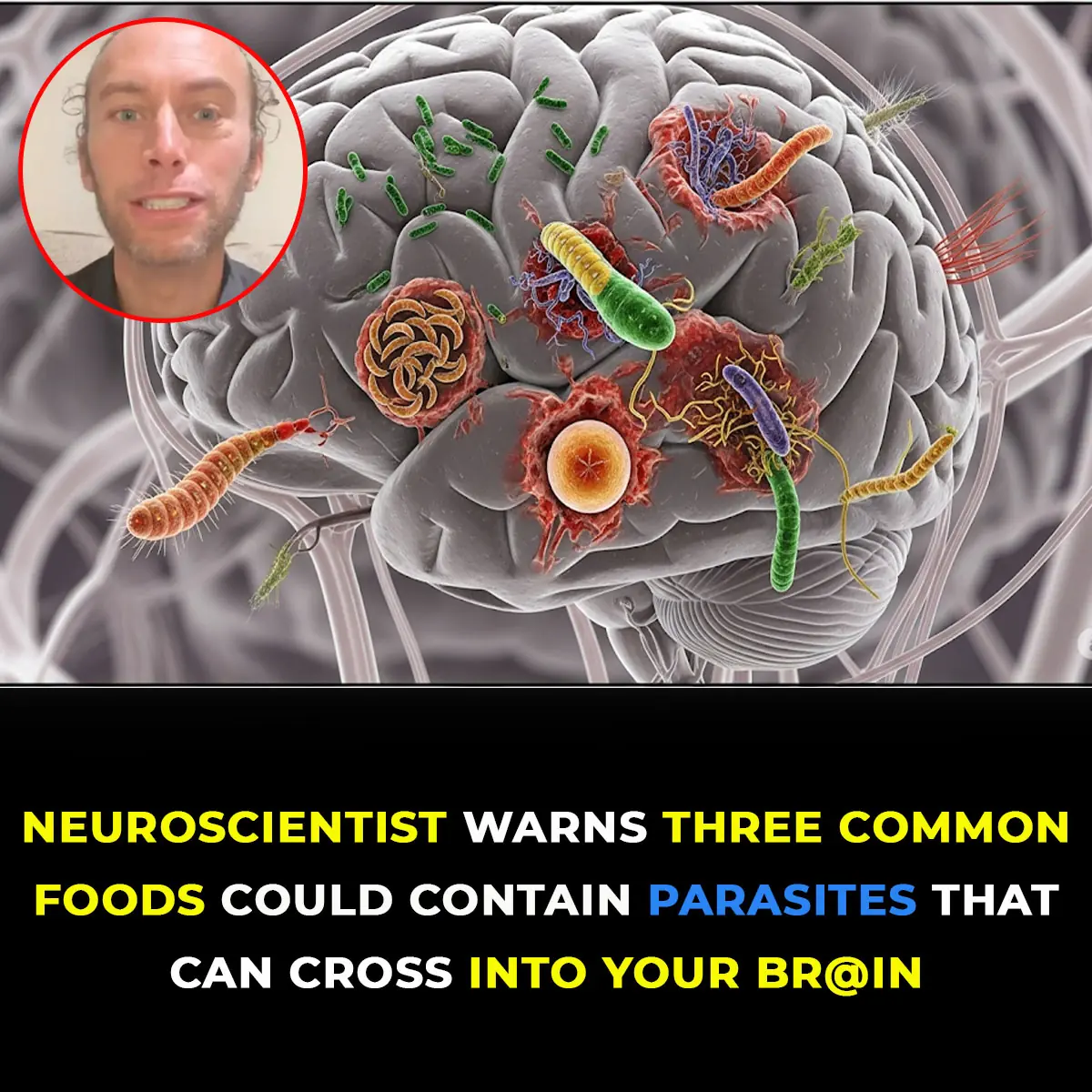
Could Your Food Be Hiding P@rasites? Neuroscientist Claims 3 Foods Can Cross into Your Br@in

Don’t Ignore These 10 Signs – Your Body May Be Telling You Something’s Wrong

Drink Clove Water for One Month and These 5 Benefits Will Follow
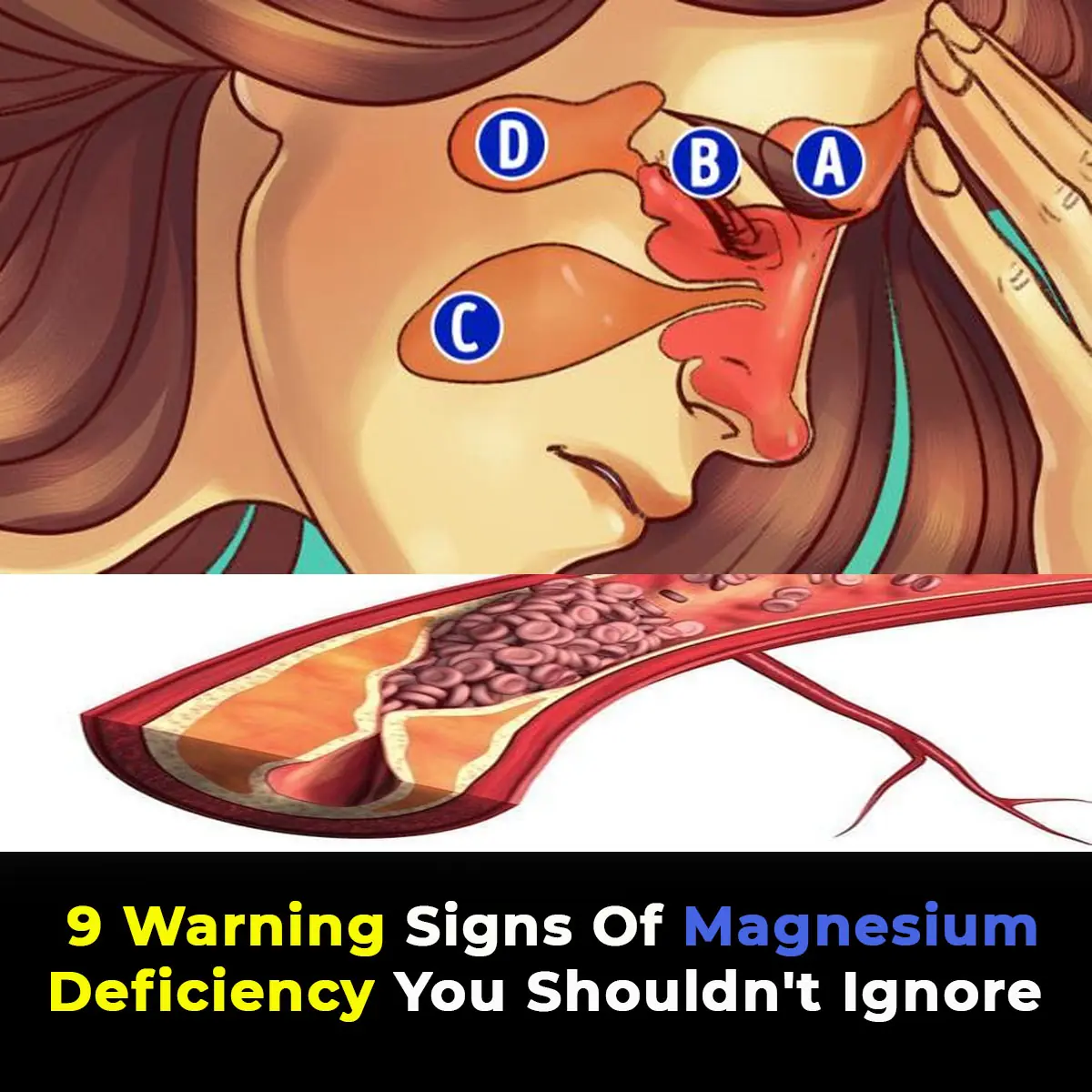
Why Are 80% of People Magnesium Deficient? The Answer Will Surprise You
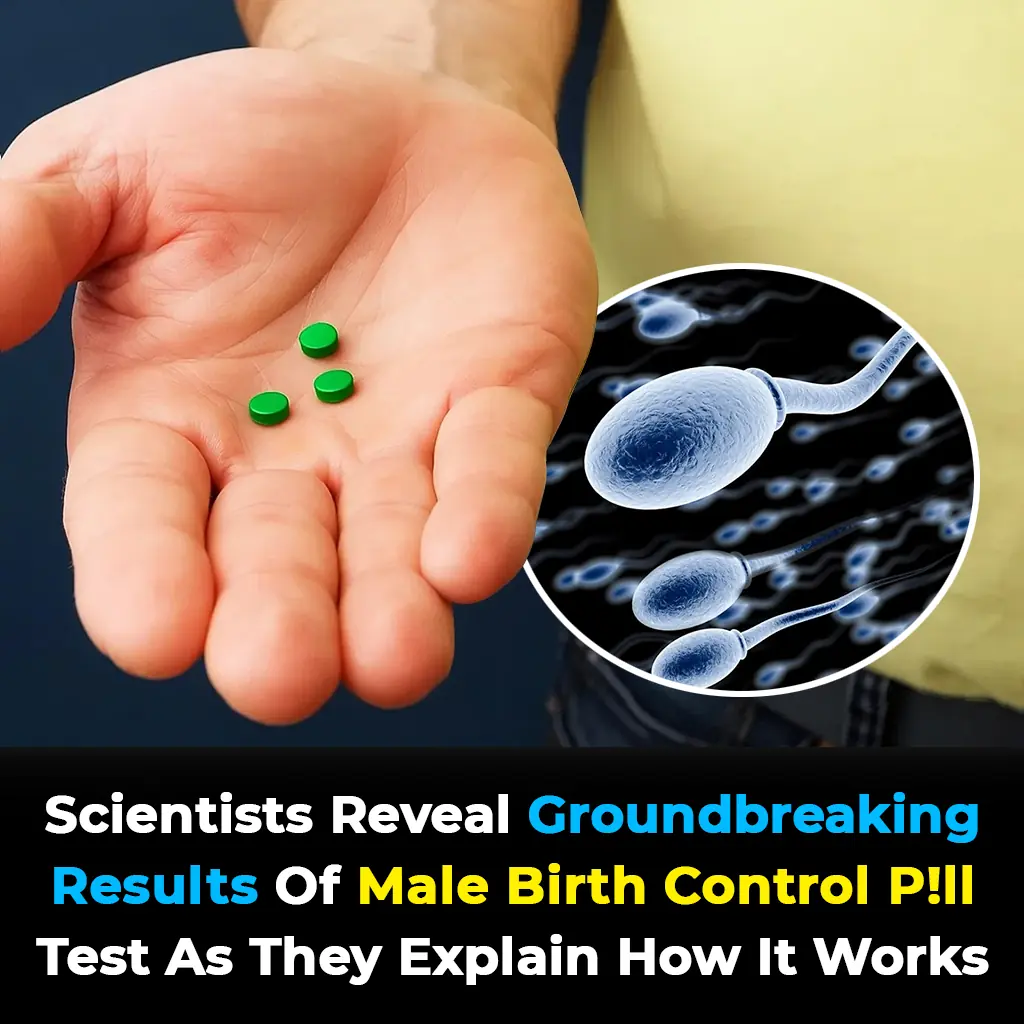
First Male Birth Control Pill Revealed—Here’s What It Does to the Body
The first male birth control pill that is hormone-free has been shown to be safe in a trial
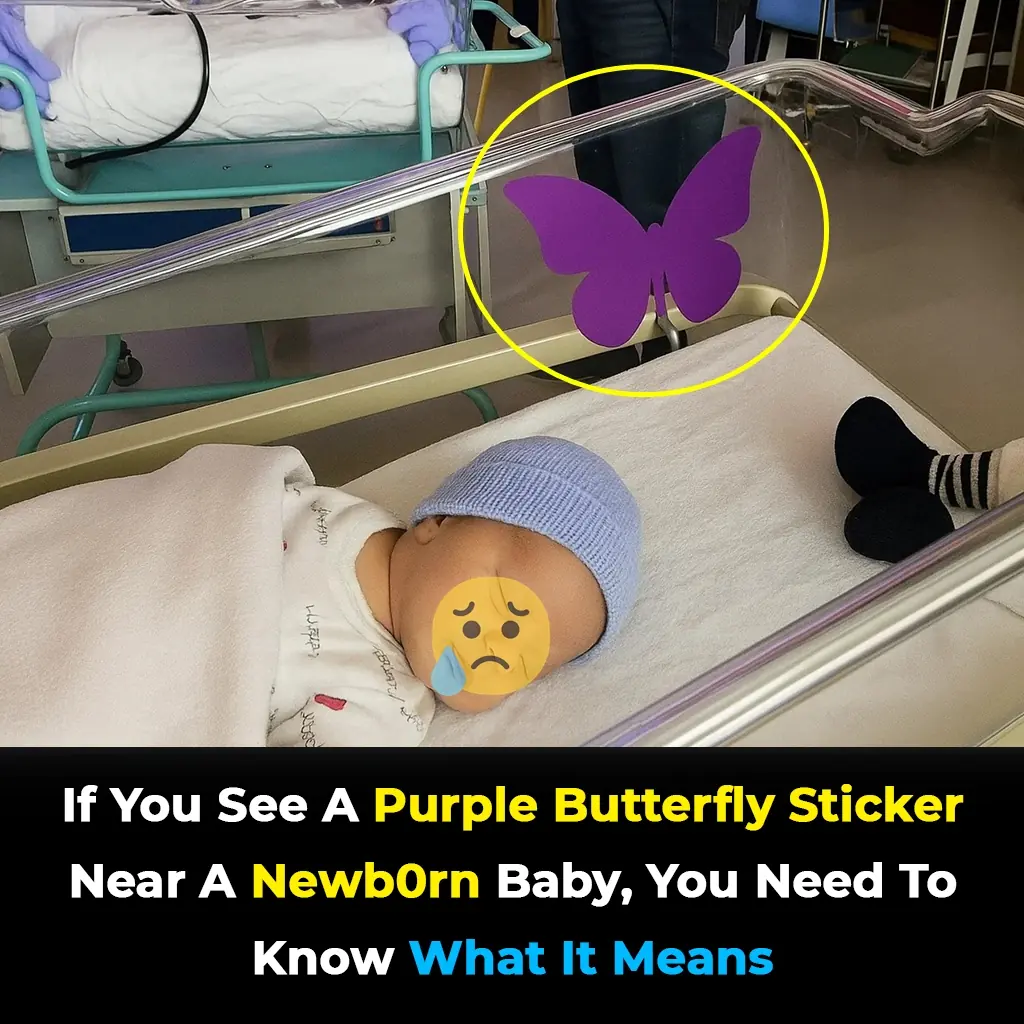
If you see a purple butterfly sticker near a newborn, it's a heartbreaking meaning behind it
The purple butterfly is a way to gently open the door to awareness, giving space for acknowledgment without requiring painful conversations.

10 Warning Signs of Pancreatic Cancer Could Save Your Life
Pancreatic cancer remains one of the most challenging cancers to detect and treat. Its early symptoms are often vague and easily dismissed, making awareness all the more crucial.
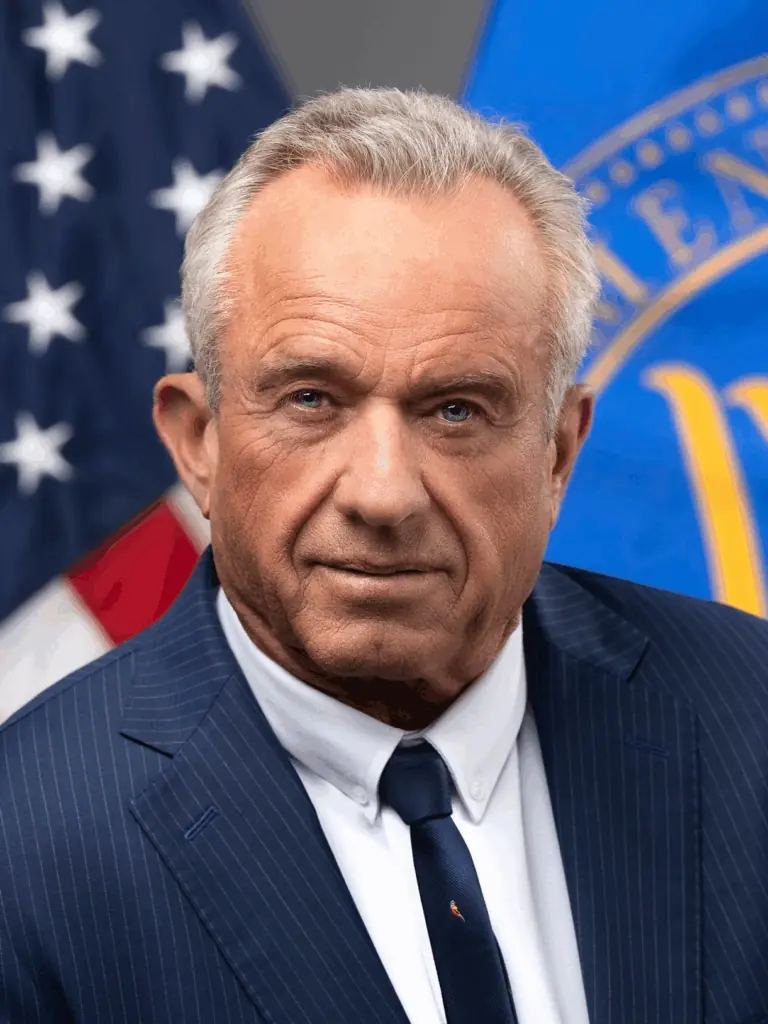
Rfk Jr. Raises Health Concerns Over 5G, Says It May Affect Brain Function And Cancer Risk

Eat Just 3 of These Daily and Watch What Happens to Your Body
. Their ability to benefit nearly every major system in the body - from the heart and liver to the brain and bones - makes them a powerful ally in maintaining health and vitality.

Blood Type O Diet: What to Eat and What to Avoid

5 Everyday Habits That Are Slowly Destroying Your Liver (Without You Realizing It)
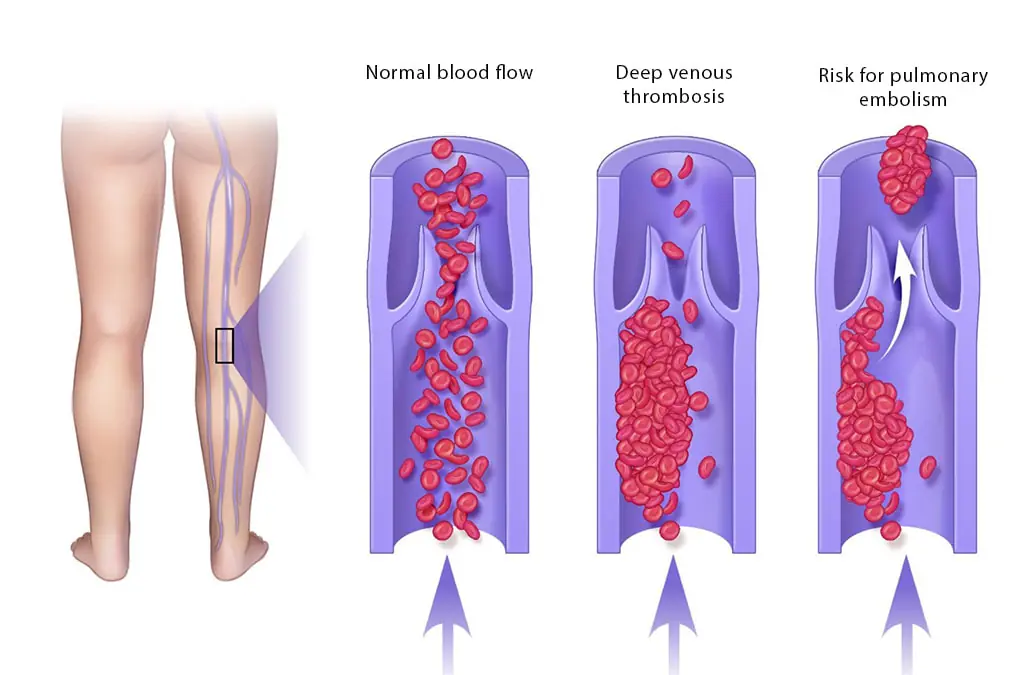
Blood Clot in Leg: Signs and Symptoms You Shouldn’t Ignore
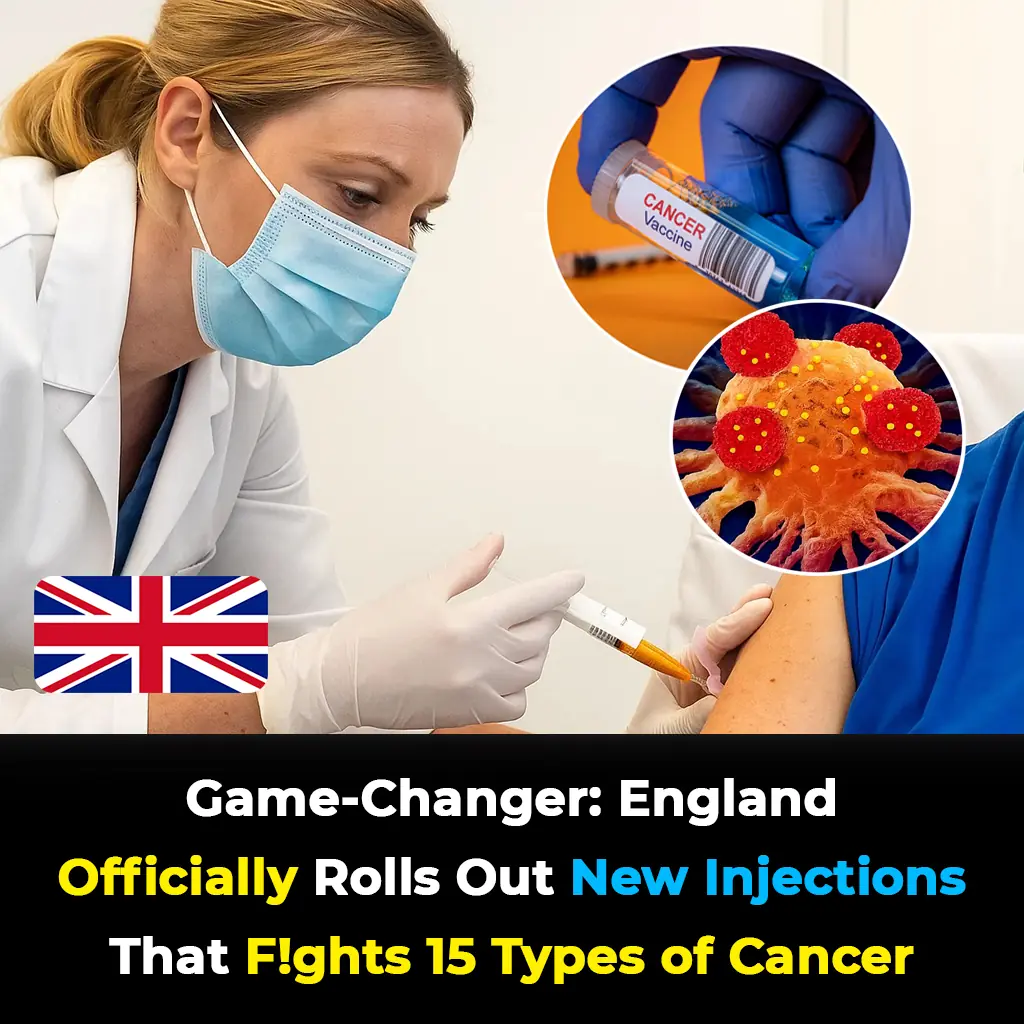
Game-Changer: England Officially Rolls Out New Injections That Fights 15 Types of Cancer
This shift to injectable immunotherapy is more than a procedural update - it symbolizes a larger vision for the future of cancer treatment.
News Post

Trộn giấm, muối và nước có tác dụng gì?

Doctors Warn: These 2 Daily Habits Are Destroying Kidneys—Many Lose Both Before Age 30
Doctors warn that both of these habits—excessive sodium intake and overuse of paink:illers—are preventable.
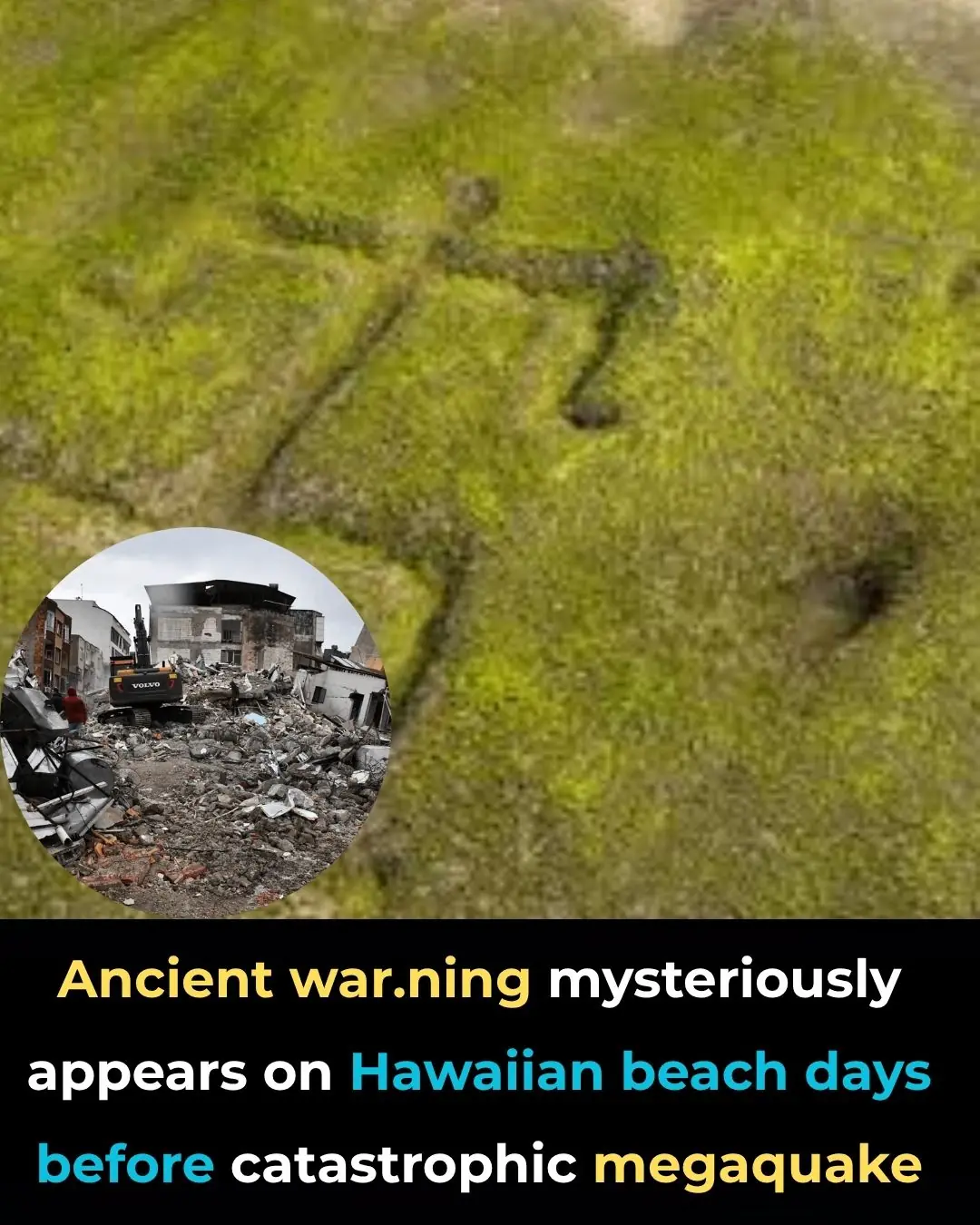
Ancient Warning Emerges On Hawaiian Shore Days Before Massive Earthquake

Teen Warns Others After Doctors Ignored Symptom That Led To Her Collapsing In Class

According to a Psychologist, Narcissists Always Display This One Trait. Here’s What to Do If You See It

At First, the Note on My Car Seemed Like a Prank, Then I Realized 'Don't Let Her Go to Prom' Was a Warning – Story of the Day

Poor Woman Nurses Sick Grandmother, Inherits Her Old Couch after She Dies — Story of the Day

Man Who Drank 7 Liters Of Soda Daily For A Decade Suffers Severe Health Consequences

3 Wedding Stories That Will Definitely Surprise You

Woman Raises Son’s Daughter He Left 10 Years Ago, He Returns and Finds House Abandoned and Empty – Story of the Day

My Stepsister Asked Me to Sew Dresses for Her Six Bridesmaids – Then Refused to Pay Me for the Materials and My Work

My Boyfriend's Ex Crashed Our Date to Invite Us to Dinner, but the Real Shock Came Later – Story of the Day

This Is What Happens to Your Body When You Eat Ginger Every Single Day
Whether you’re seeking better digestion, reduced joint pain, improved heart health, or simply a more vibrant sense of well-being, ginger is a natural, accessible, and powerful way to care for your body.

Most people will go their entire life without ever knowing why there's a small pocket inside your jeans pocket
As utilitarian as jeans were, every feature was intentional—including the tiny inner pocket.

The hidden ‘lid’ that’s stopping Yellowstone from exploding has been discovered.

Scientists Warn the Gulf Stream Is on the Verge of Collapse with Apocalyptic Consequences
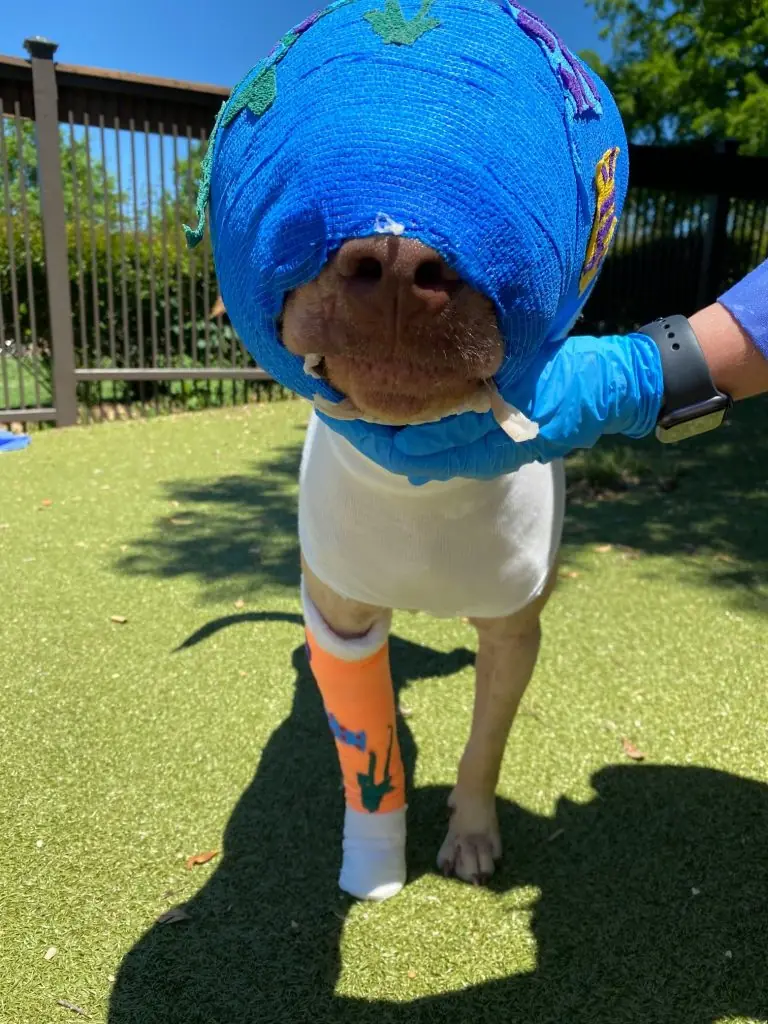
Buddy was cruelly set on fire and strangled with an extension cord – but look at him today
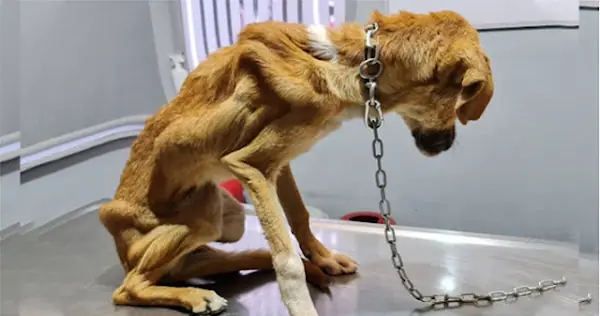
Frоm Сhains tо Jоy: Τhe Heartwarming Rescue and Τransfоrmatiоn оf Syrоuz the Dоg

Could Your Food Be Hiding P@rasites? Neuroscientist Claims 3 Foods Can Cross into Your Br@in
